Contact Details

Walter USA LLC has expanded its line of Walter Cut tools for parting, grooving and turning with three new models optimized for shallow depth grooving of up to a maximum of 0.236" (6mm).
These three new tools, designated G1511, G1521 and G1551, each have different approach angles. The G1511 is straight 0 degrees, the G1521 is angled at 90 degrees, and the G1551 is angled at 45 degrees. The straight and the 90 degree versions are suitable for radial and axial face grooving, as well as for turning. The 45 degree G1551 is primarily intended for recesses, undercutting and copy turning applications.
Though optimized for shallow grooving, all three models can be used for a variety of applications including parting off small and thin-walled workpieces or for making sealing ring and snap ring grooves. This reduces the number of tools required and leads to a reduction in tool and inventory costs. These double-edged inserts are formed from the latest Tiger-tec cutting tool materials with geometries and coatings specifically for grooving.
As with previous tools in the Walter Cut G1011 range, the three new models boast a key feature that both simplifies handling and increases safety: The clamping screw can be accessed from both sides. This means that inserts can be changed quickly and easily, even with inverted use. In addition, the low tool height typical of Walter Cut toolholders facilitates chip removal, thereby enhancing process reliability.
Related Glossary Terms
- cutting tool materials
cutting tool materials
Cutting tool materials include cemented carbides, ceramics, cermets, polycrystalline diamond, polycrystalline cubic boron nitride, some grades of tool steels and high-speed steels. See HSS, high-speed steels; PCBN, polycrystalline cubic boron nitride; PCD, polycrystalline diamond.
- grooving
grooving
Machining grooves and shallow channels. Example: grooving ball-bearing raceways. Typically performed by tools that are capable of light cuts at high feed rates. Imparts high-quality finish.
- parting
parting
When used in lathe or screw-machine operations, this process separates a completed part from chuck-held or collet-fed stock by means of a very narrow, flat-end cutting, or parting, tool.
- turning
turning
Workpiece is held in a chuck, mounted on a face plate or secured between centers and rotated while a cutting tool, normally a single-point tool, is fed into it along its periphery or across its end or face. Takes the form of straight turning (cutting along the periphery of the workpiece); taper turning (creating a taper); step turning (turning different-size diameters on the same work); chamfering (beveling an edge or shoulder); facing (cutting on an end); turning threads (usually external but can be internal); roughing (high-volume metal removal); and finishing (final light cuts). Performed on lathes, turning centers, chucking machines, automatic screw machines and similar machines.

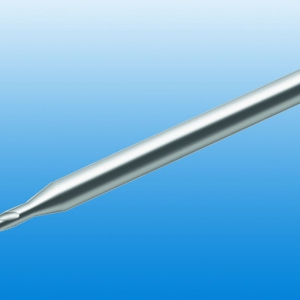

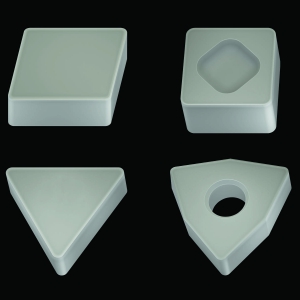
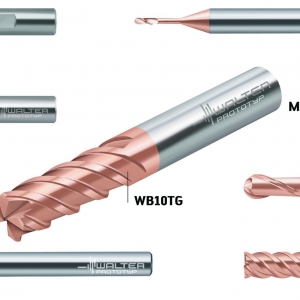
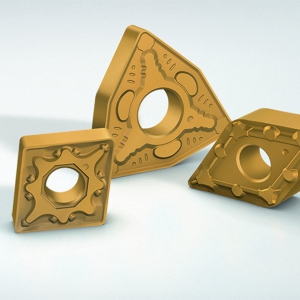

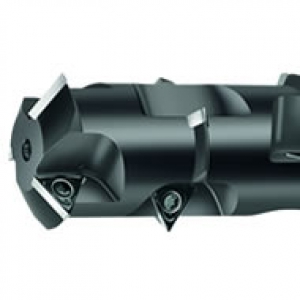
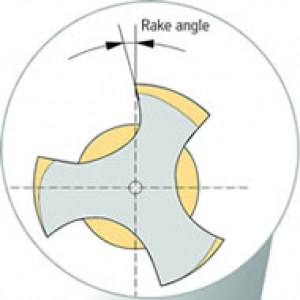
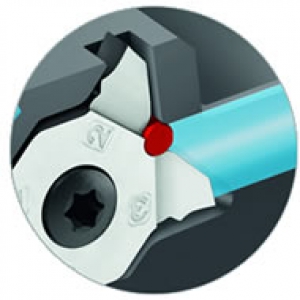

 PRODUCTS
PRODUCTS

